Caviar, known as the “black gold,” has gained a reputation as a luxurious delicacy over the years. However, did you know that not all caviar comes in the classic black variety? Green caviar, also known as ikura or salmon roe, has been steadily gaining popularity as a more affordable and sustainable alternative. In this article, we will delve into the differences between black and green caviar, exploring their origin, taste, nutritional value, and environmental impact. Origin and Production: Black caviar primarily comes from the sturgeon fish species, such as beluga, osetra, and sevruga, which are found in the Caspian and Black Seas.
.
 These sturgeons, known for their large size and long lives, produce eggs that are processed and salted to create the renowned black pearls. On the other hand, green caviar is sourced from salmon or trout roe. Unlike sturgeon caviar, these smaller fish species reproduce more rapidly and in greater quantities, making green caviar more readily available and affordable. Taste and Texture: Black caviar is renowned for its delicate flavor, often described as buttery and nutty. The texture ranges from firm to semi-liquid, creating a unique burst of flavors with every bite. Green caviar, in comparison, has a milder taste with a hint of salinity. Its texture is often more pronounced, with smaller eggs popping in the mouth, releasing a distinct sensation that can be enjoyed by caviar enthusiasts.
These sturgeons, known for their large size and long lives, produce eggs that are processed and salted to create the renowned black pearls. On the other hand, green caviar is sourced from salmon or trout roe. Unlike sturgeon caviar, these smaller fish species reproduce more rapidly and in greater quantities, making green caviar more readily available and affordable. Taste and Texture: Black caviar is renowned for its delicate flavor, often described as buttery and nutty. The texture ranges from firm to semi-liquid, creating a unique burst of flavors with every bite. Green caviar, in comparison, has a milder taste with a hint of salinity. Its texture is often more pronounced, with smaller eggs popping in the mouth, releasing a distinct sensation that can be enjoyed by caviar enthusiasts.
..
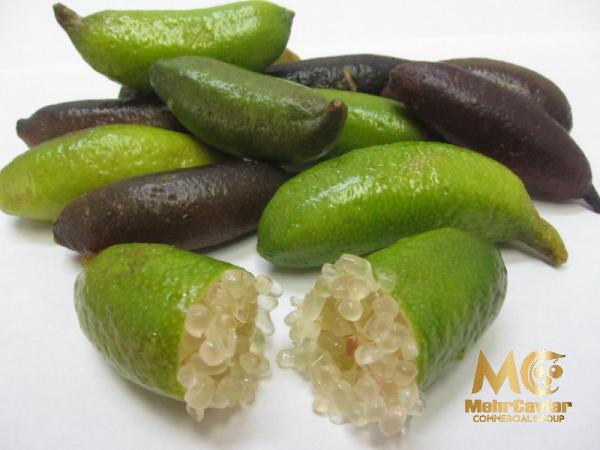 Nutritional Value: Both black and green caviar are rich in nutrients. They are excellent sources of essential omega-3 fatty acids, vitamins, and minerals, including vitamin D, vitamin B12, and selenium. These nutrients support brain health, promote cardiovascular well-being, and boost the immune system. However, the exact nutritional composition may vary slightly between the two types of caviar. Environmental Impact: One of the critical factors to consider when choosing between black and green caviar is their environmental impact. Sturgeon populations have been heavily depleted due to overfishing, habitat destruction, and illegal poaching. This, combined with their slow rate of reproduction, has led to sturgeons being categorized as endangered species. Consequently, the production of black caviar has faced criticism due to its contribution to the decline of sturgeon populations.
Nutritional Value: Both black and green caviar are rich in nutrients. They are excellent sources of essential omega-3 fatty acids, vitamins, and minerals, including vitamin D, vitamin B12, and selenium. These nutrients support brain health, promote cardiovascular well-being, and boost the immune system. However, the exact nutritional composition may vary slightly between the two types of caviar. Environmental Impact: One of the critical factors to consider when choosing between black and green caviar is their environmental impact. Sturgeon populations have been heavily depleted due to overfishing, habitat destruction, and illegal poaching. This, combined with their slow rate of reproduction, has led to sturgeons being categorized as endangered species. Consequently, the production of black caviar has faced criticism due to its contribution to the decline of sturgeon populations.
…
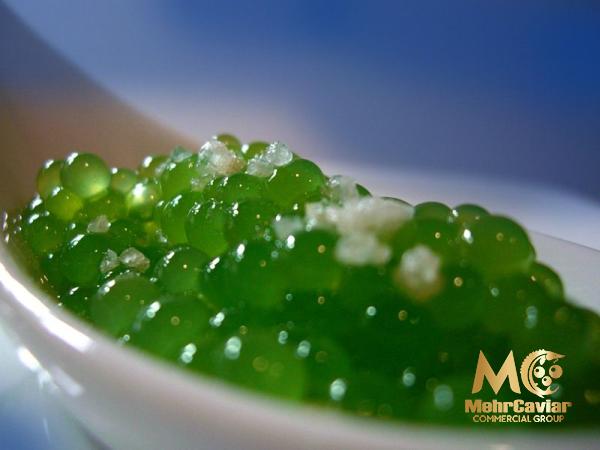 On the other hand, green caviar is derived from fish species that reproduce at a faster rate, making it a more sustainable choice. Salmon and trout populations can be responsibly farmed, ensuring a consistent supply of green caviar without threatening the balance of marine ecosystems. Conclusion: In the battle between green and black caviar, both options have their unique qualities and merits. While black caviar offers a richer and more complex taste, it comes with environmental concerns and a higher price tag. Conversely, green caviar provides a milder flavor, affordability, and a more sustainable production process. Ultimately, the choice between black and green caviar depends on individual preferences, budget, and concerns for environmental conservation. Whichever option appeals to you, indulging in caviar should be done responsibly, ensuring its availability for generations to come.
On the other hand, green caviar is derived from fish species that reproduce at a faster rate, making it a more sustainable choice. Salmon and trout populations can be responsibly farmed, ensuring a consistent supply of green caviar without threatening the balance of marine ecosystems. Conclusion: In the battle between green and black caviar, both options have their unique qualities and merits. While black caviar offers a richer and more complex taste, it comes with environmental concerns and a higher price tag. Conversely, green caviar provides a milder flavor, affordability, and a more sustainable production process. Ultimately, the choice between black and green caviar depends on individual preferences, budget, and concerns for environmental conservation. Whichever option appeals to you, indulging in caviar should be done responsibly, ensuring its availability for generations to come.


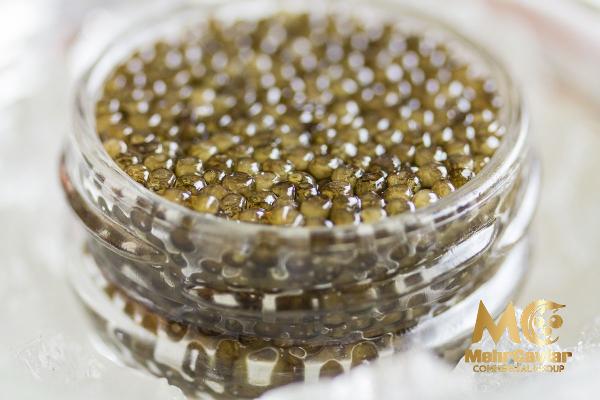

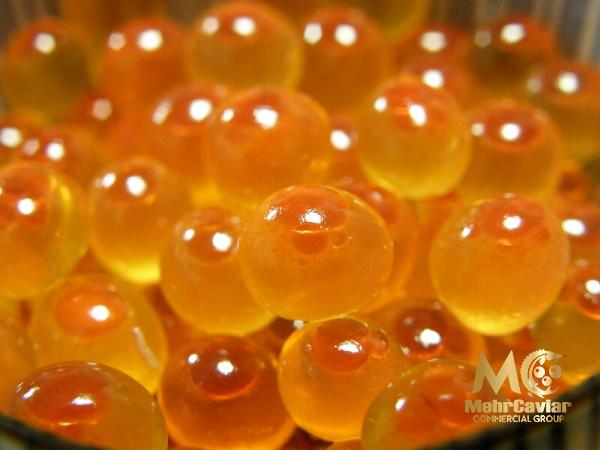


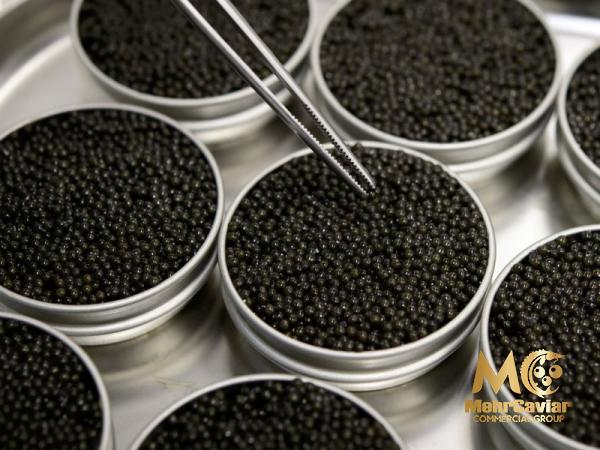
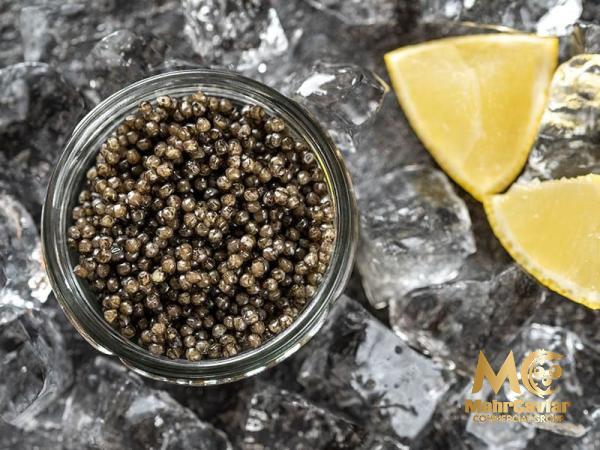
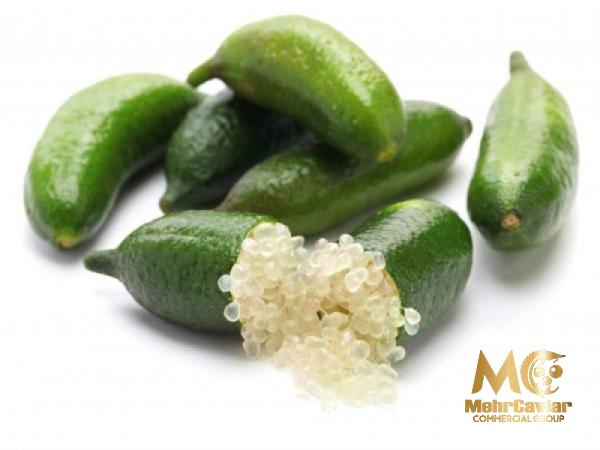
Your comment submitted.